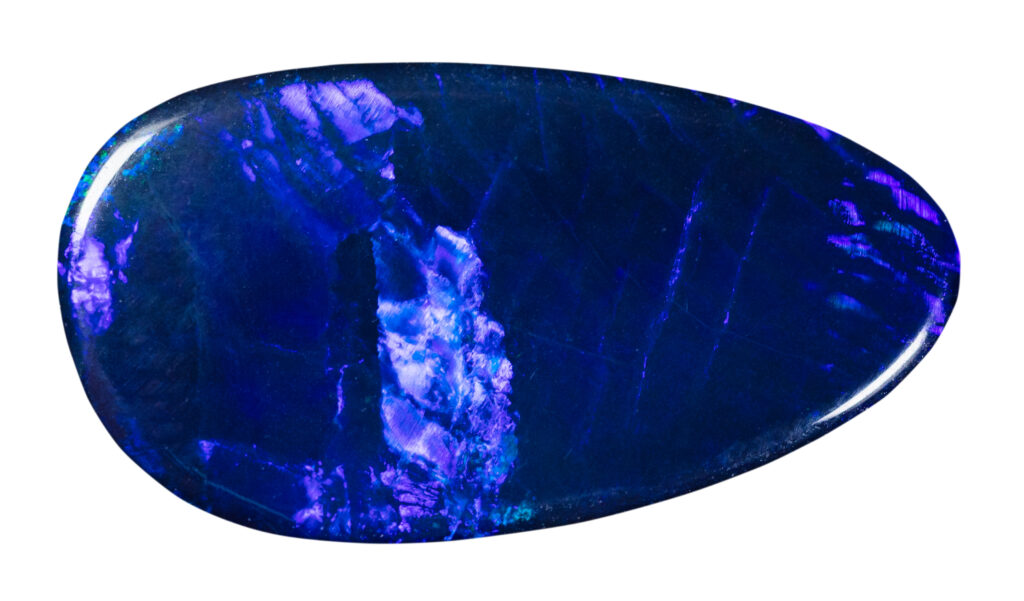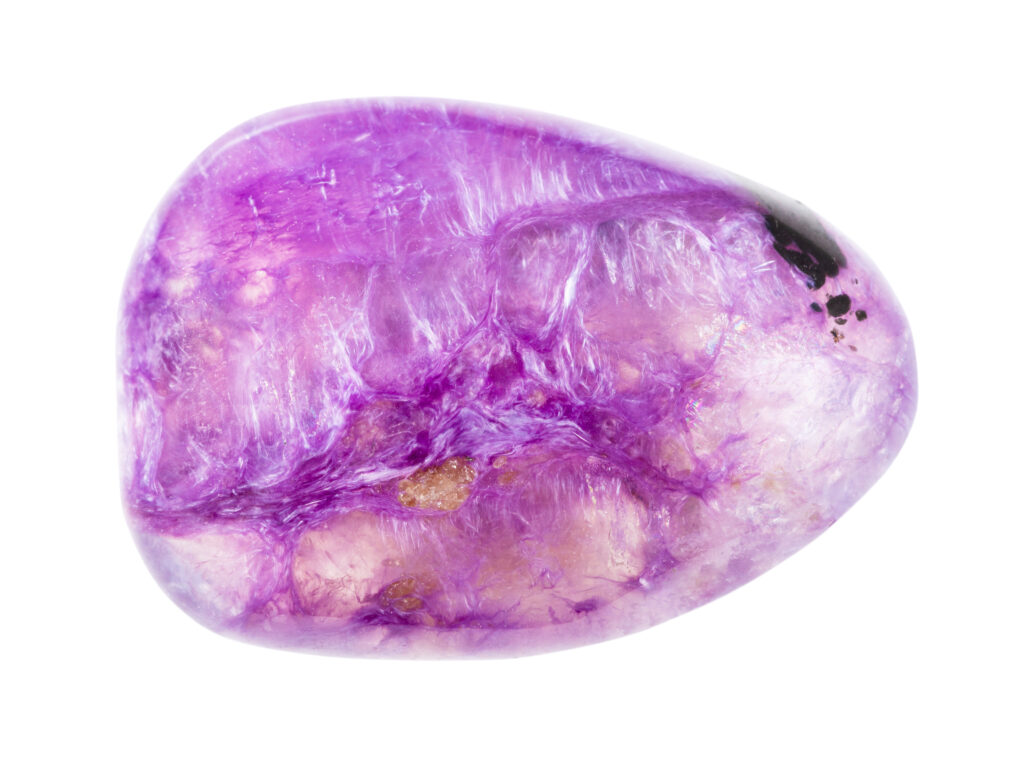Gemstones have captivated human beings for thousands of years, holding a unique place in both ancient myths and modern practices. As we saw at the 2024 New Jersey Gem Show, these sparkling stones have been more than just decorative items—they’ve been revered as symbols of power, protection, and healing across diverse cultures and civilizations. From the shimmering emeralds of ancient Egypt to the protective amulets of medieval Europe, the lore of gemstones intertwines with humanity’s quest for spiritual meaning and physical well-being.
Egypt: Lapis Lazuli
One of the most well-known examples of gemstones in ancient culture is in ancient Egypt. The Egyptians prized Lapis Lazuli, a deep blue stone associated with the heavens and spiritual enlightenment. Reserved for the nobility and used in amulets and burial masks, Lapis Lazuli was believed to bridge the gap between the human and divine realms. This stone was often crushed and used in cosmetics and jewelry, symbolizing protection and the eternal nature of the soul. Cleopatra herself was said to have adorned her eyes with powdered Lapis Lazuli, emphasizing its role in enhancing spiritual vision.
 China: Jade
China: Jade
In the East, Chinese culture embraced Jade as a sacred stone symbolizing purity, wisdom, and immortality. Jade was used in everything from ritual objects to intricate carvings, often representing virtues such as compassion and courage. The stone was also believed to have healing properties, with ancient practitioners using it to cure ailments and promote longevity. In modern times, jade continues to be worn for its calming energy and as a talisman for good luck and health.
India: Sapphire
The Indian subcontinent has a rich tradition of incorporating gemstones into spiritual and healing practices. Sapphire, for example, is revered in Vedic astrology for its powerful influence over one’s destiny. It is said to bring wisdom, mental clarity, and a stronger connection to the divine.
Medieval Europe: Amethyst
In medieval Europe, gemstones were valued not only for their beauty but also for their supposed protective and curative abilities. Amethyst, thought to ward off intoxication and promote clarity of mind, was used by the clergy in rings and ornaments. The stone’s connection to sobriety made it a popular choice for royal families, who believed it could protect against excess and misfortune.
The Legends of Gemstones
Today, gemstones are still appreciated for their mythical and metaphysical properties – and these are just a few examples! Rose Quartz is embraced as a stone of love, fostering self-compassion and healing emotional wounds. Black Tourmaline is used to ground energy and protect against negativity. Modern crystal enthusiasts blend these ancient beliefs with contemporary practices, using gemstones in meditation, energy work, and even as fashionable accessories that carry personal significance.
The timeless allure of gemstones is a testament to their enduring power and beauty. Across cultures and centuries, these stones have been imbued with stories, virtues, and magical qualities, making them far more than mere minerals—they are tokens of humanity’s relationship with the natural world and the mysteries of existence. If you couldn’t make it to this year’s events, explore the full lineup of Hart Gems shows across the U.S. to jumpstart your 2025 and keep the magic alive!




